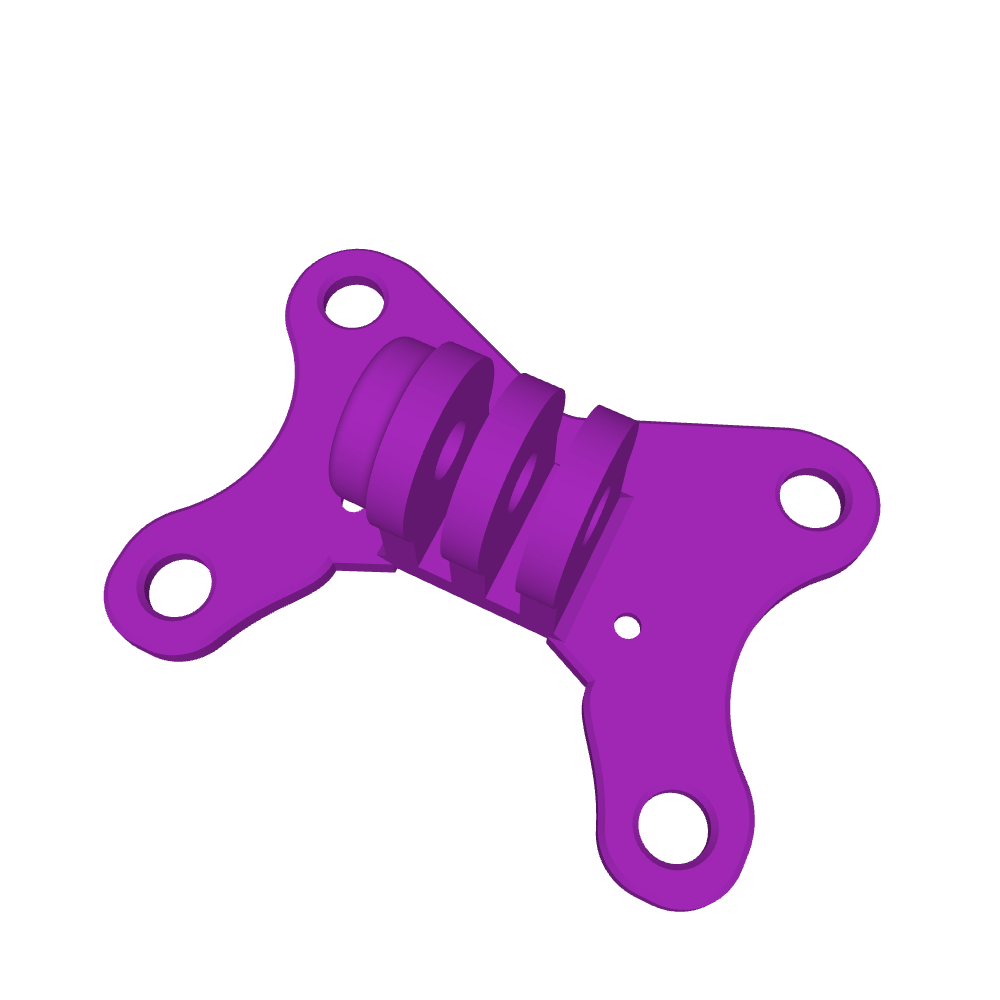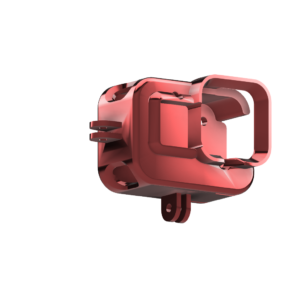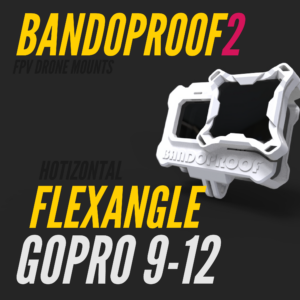Cinebot 30 GoPro DJI Action Cam Plate: Optimized 3D Print for Ultimate FPV Performance
Introduction to Cinebot 30 and Custom Action Cam Plates
The Cinebot 30 has become a staple for FPV drone enthusiasts looking for seamless action cam integration. Whether you’re using a GoPro or DJI Osmo Action camera, having a 3D-printed cam plate designed for precise mounting ensures stability and optimal footage capture. Using modern Klipper-based printers and imported filament, we bring you highly reliable, dimensionally accurate 3D-printed plates, offering the perfect fit for high-impact drone flights.
Why 3D-Printed Cam Plates Are Critical for Cinebot 30
The Cinebot 30 requires robust and lightweight camera mounting solutions to reduce vibrations and preserve agile drone performance. Here are the key reasons why 3D-printed cam plates are the superior choice:
- Weight Efficiency: 3D-printed plates are significantly lighter than metal or acrylic counterparts, ensuring drones stay within optimal weight limits.
- Precision Fit: Custom-printed plates offer an exact fit for action cameras like GoPro and DJI, reducing unnecessary movement during high-G maneuvers.
- Impact Resistance: Using high-strength imported filament, these plates withstand crashes and rough handling without cracking or deforming.
- Easy Customization: Plates can be modified for different camera models and mounting angles, ensuring you get the exact orientation required for smooth footage.

Materials We Use: Superior Imported Filament
We understand the importance of using the right material to print drone parts. We rely on premium imported filament such as:
- TPU (Thermoplastic Polyurethane 99 perc orders): Ideal for vibration absorption and flexibility, ensuring cameras stay secure even in extreme flight conditions.
- PETG: Provides excellent impact resistance, UV stability, and durability, making it a top choice for outdoor use.
- Nylon: Best suited for high-strength applications, ensuring the mount stays intact during crashes or high-speed impacts.
Key Features of Our 3D-Printed Cinebot 30 Cam Plates
1. Perfect Compatibility with GoPro and DJI Action Cameras
Each cam plate is meticulously designed to fit popular cameras like the GoPro Hero 11, DJI Osmo Action, and more. With slots and screw mounts aligned to the original camera housings, these plates offer plug-and-play ease.
2. Improved Flight Dynamics
Our lightweight 3D-printed plates contribute to better drone agility and reduced battery consumption. The snug fit ensures minimal vibration, leading to stable and cinematic-quality footage.
3. Quick Installation and Swapping
Designed for modular installation, the cam plates can be swapped effortlessly between different drones or camera models, saving time on the field.
4. Heat and UV Resistance
Using PETG and Nylon ensures the plates do not deform under sun exposure, which is essential for long flights in outdoor environments.
How We Print the Perfect Cam Plate Using Klipper-Based Printers
With Klipper firmware and advanced slicing techniques, our printers achieve:
- Layer precision down to 0.16mm for smoother prints with minimal post-processing.
- Fast print speeds without compromising on dimensional accuracy.
- Adaptive cooling profiles to prevent warping and ensure consistent performance.
- Seamless printing of complex geometries, thanks to Klipper’s multi-microcontroller support.
How to Install the Cinebot 30 3D-Printed Cam Plate
- Remove the stock camera mount: Unscrew the factory plate if applicable.
- Position the 3D-printed plate: Align the new plate with the frame and camera slots.
- Insert the camera: Slide the GoPro or DJI Osmo Action into place.
- Secure the mount: Use screws or zip ties to hold everything in place.
- Test Fit: Ensure there is no wobble before the flight to prevent video stabilization issues.
3D Printing Service (TPU) Specifications and Features:
TPU (Thermoplastic polyurethane) is a soft flexible material, Common uses for a material like TPU include, medical supplies, seals, automotive components, and household appliances, this is down to the material having a very flexible and elastic-like use. TPU has a melting point of 225 degrees to 235 degrees however 230 degrees is normally a stable temperature to print with. Another great advantage of this material is that it does not produce nasty emissions. Below are some key points when printing with TPU.
- Extremely flexible
- Lightweight
- Durable
- Non-soluble
- Heated bed required
Read More About Lipo Batteries by clicking the link below:
https://oscarliang.com/fpv-drone-guide/
Checkout our Frames Collection by clicking the link below:
https://thefpvproject.com/product-category/frames/
1S = 1 cell = 3.7V
2S = 2 cells = 7.4V
3S = 3 cells = 11.1V
4S = 4 cells = 14.8V
5S = 5 cells = 18.5V
6S = 6 cells = 22.2V
For example, we call a 14.8V battery a “4-cell” or “4S” battery.
LiPo battery is designed to operate within a safe voltage range, from 3V to 4.2V. Discharging below 3V could cause irreversible performance loss and even damage to the battery. Overcharging above 4.2V could be dangerous and eventually cause a fire.
However, it’s advisable to stop discharging when it reaches 3.5V for battery health reasons. For example for a 3S Lipo, the max voltage is 12.6V, and you should land when the voltage reaches 10.5V (at 3.5V per cell).









Reviews
There are no reviews yet.